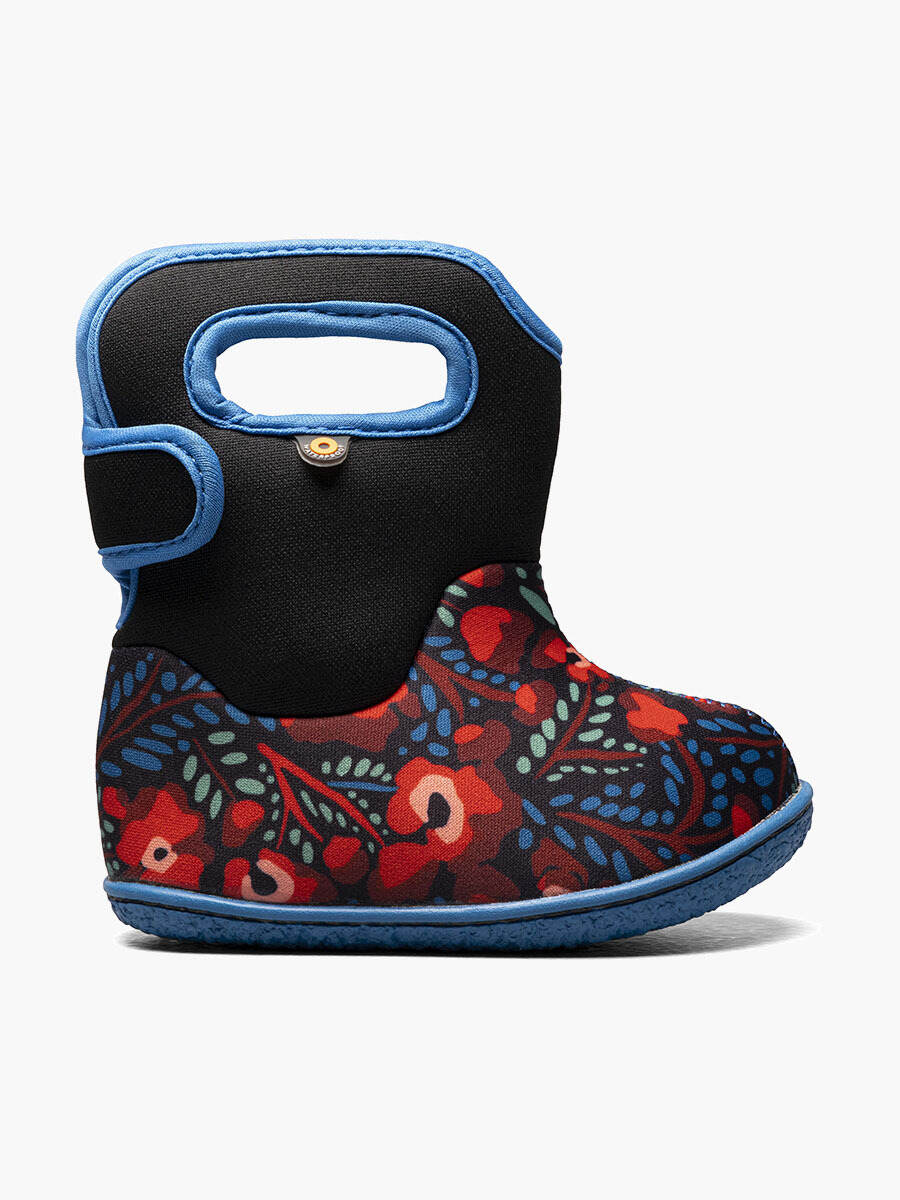
Baby Bogs: A Comprehensive Guide to Understanding and Caring for Your Tiny Wetland Wonder
Introduction
Baby bogs, also known as vernal pools, are ephemeral wetlands that form in shallow depressions during the spring and early summer. These unique ecosystems are vital breeding grounds for a wide variety of amphibians, reptiles, and invertebrates. Understanding the ecology and care of baby bogs is crucial for preserving these fragile habitats and the species that depend on them.
Formation and Ecology
Baby bogs form when rainwater or snowmelt accumulates in depressions in the landscape, such as abandoned tire ruts, hoof prints, or natural basins. These depressions are typically found in forests, grasslands, or other open areas. As the water level rises, the bog becomes a temporary oasis for wildlife.
The ecology of baby bogs is characterized by their ephemeral nature. They typically dry out completely during the summer months, leaving behind a layer of rich organic matter. This organic matter provides nutrients for plants and animals when the bog refills the following spring.
Importance for Wildlife
Baby bogs are essential breeding grounds for many species of amphibians and reptiles. Amphibians, such as frogs, toads, and salamanders, lay their eggs in the shallow waters of the bog. The eggs hatch into tadpoles, which feed on algae and other microorganisms in the water. Reptiles, such as turtles and snakes, also use baby bogs for breeding and feeding.
In addition to amphibians and reptiles, baby bogs provide habitat for a variety of invertebrates, including insects, crustaceans, and mollusks. These invertebrates serve as a food source for larger animals, such as birds and mammals.
Threats to Baby Bogs
Baby bogs are threatened by a variety of human activities, including:
- Habitat loss: Development, agriculture, and other land-use changes can destroy or fragment baby bog habitats.
- Pollution: Runoff from roads, farms, and lawns can introduce pollutants into baby bogs, harming wildlife and degrading water quality.
- Invasive species: Non-native plants and animals can outcompete native species in baby bogs, disrupting the ecosystem.
- Climate change: Rising temperatures and changes in precipitation patterns can alter the timing and duration of baby bog inundation, affecting wildlife breeding and survival.
Conservation and Management
Conserving and managing baby bogs is essential for protecting the species that depend on them. Here are some key strategies:
- Protect habitat: Identify and protect baby bog habitats from development and other threats.
- Reduce pollution: Implement best management practices to reduce runoff and pollution from roads, farms, and lawns.
- Control invasive species: Remove or control invasive plants and animals from baby bogs.
- Monitor and research: Monitor baby bog populations and habitats to track changes and inform conservation efforts.
- Educate the public: Raise awareness about the importance of baby bogs and encourage stewardship of these unique ecosystems.
Creating Baby Bogs
In some cases, it may be possible to create baby bogs in areas where they have been lost or degraded. Here are some steps to consider:
- Choose a suitable location: Select a shallow depression in a natural or semi-natural area.
- Prepare the site: Remove any vegetation or debris from the depression.
- Create a water source: Dig a small channel or install a pipe to allow water to flow into the depression.
- Plant native vegetation: Plant native plants around the bog to provide habitat and food for wildlife.
- Monitor and maintain: Regularly monitor the bog and make adjustments as needed to ensure its health and longevity.
Conclusion
Baby bogs are vital ecosystems that provide essential breeding grounds for a wide variety of wildlife. Understanding the ecology and care of baby bogs is crucial for preserving these fragile habitats and the species that depend on them. By protecting, managing, and creating baby bogs, we can ensure that these unique wetlands continue to thrive for generations to come.
